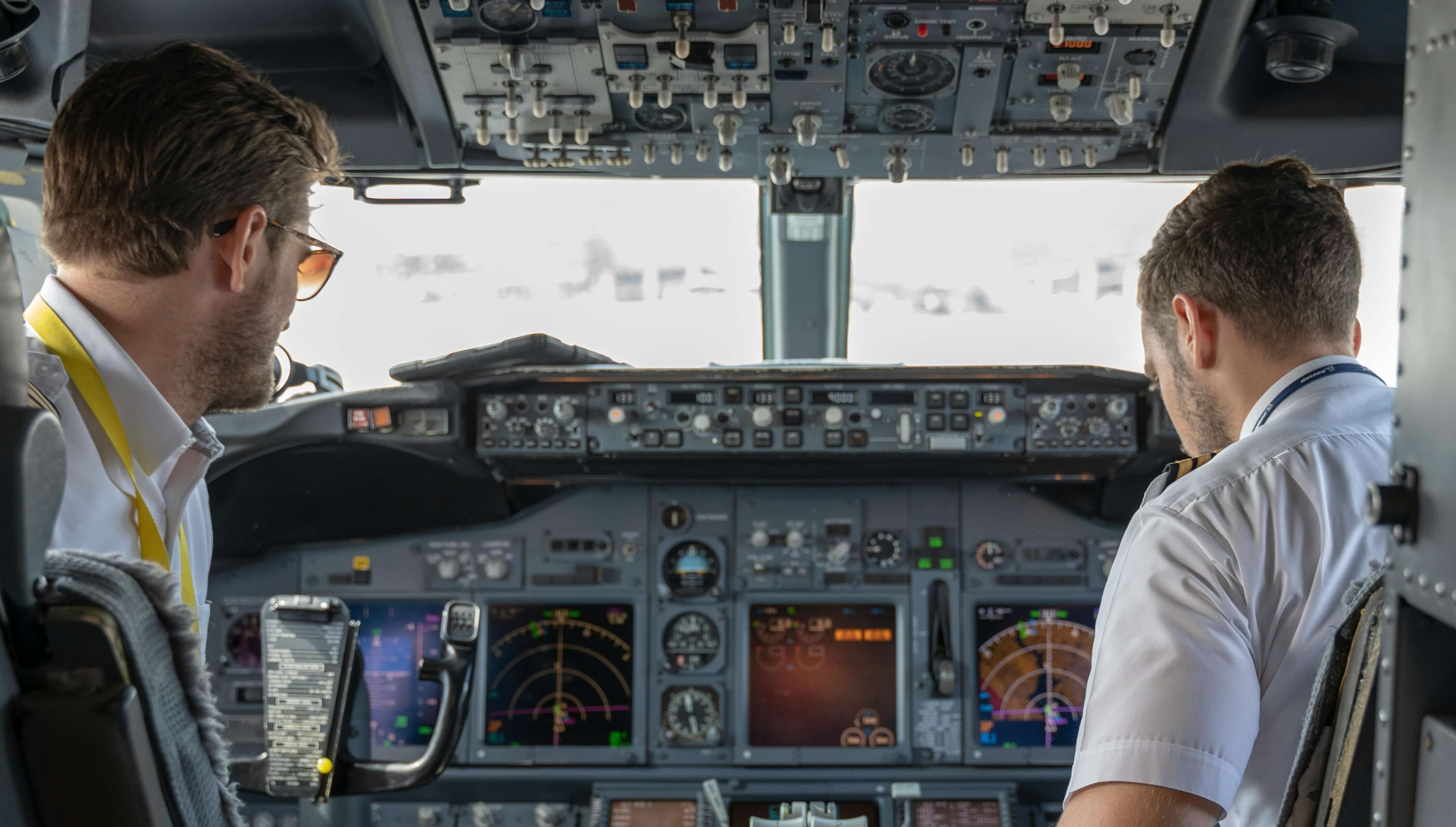Pros and Cons of Being a Commercial Pilot: 3 Key Takeaways
- Commercial pilots enjoy high earning potential, global travel, and job prestige — but at the cost of long training, strict regulations, and unpredictable schedules.
- Airline pilots typically earn well over six figures annually, with captains at major carriers making over $250,000.
- The lifestyle includes responsibility, irregular hours, and physical stress, making it a career for those who thrive under pressure.
For many, becoming a commercial pilot is the ultimate dream job — a career that combines technical mastery, adventure, and prestige. From cruising at 35,000 feet to commanding a multi-million-dollar aircraft, the role can be exhilarating. But like any high-stakes profession, being a commercial pilot comes with trade-offs.
Before you commit to the long runway of aviation training, let’s take an honest look at what makes the job exciting — and what makes it demanding.
Advantages of Being a Commercial Pilot
For those passionate about flying, the pros can be extraordinary — from global travel to financial rewards and personal fulfillment.
1. High Earning Potential
Once past the early stages, a commercial pilot’s salary is one of the highest in the transportation sector. According to the U.S. Bureau of Labor Statistics, airline pilots, copilots, and flight engineers earn a median annual wage of $219,000 as of 2023.
Captains at major carriers like Delta or United often exceed $250,000 annually, with some regional pilots reaching six figures after only a few years in.
Note: Pay scales vary significantly based on the airline, aircraft type, and seniority.
2. Travel and Global Exploration
Pilots travel the world — not just as tourists, but as professionals paid to fly to cities across the globe. International routes may offer layovers in destinations like Rome, Tokyo, or Sydney, giving pilots the chance to explore new cultures during rest periods.
Many airlines also offer free or discounted flights to employees and their families, making globe-trotting an affordable perk.
3. Job Prestige and Respect
The title of “pilot” carries social respect and professional admiration. It represents intelligence, responsibility, and elite skill — and for good reason. Pilots undergo rigorous training and continual assessments, ensuring they are capable of handling emergencies and complex flight systems.
For many, this professional esteem is a major motivator.
4. Work-Life Balance (at Senior Levels)
Though early-career pilots deal with unpredictable schedules, experienced pilots gain more control over their flights. Seniority-based bidding allows them to choose preferred routes, days off, and vacation time.
Some even fly part-time or semi-retired schedules while earning generous pay.
5. Thrill of Flying
For those who love aviation, flying never gets old. From takeoff to landing, every flight is a complex, skill-based operation that keeps your mind engaged and your adrenaline pumping.
The cockpit view — sunrises above the clouds, storms from above, city lights from 30,000 feet — is a visual privilege few other jobs can offer.
Disadvantages of Being a Commercial Pilot
Despite the rewards, becoming a commercial pilot comes with significant personal, financial, and professional challenges.
1. Extensive Training and Cost
Becoming a commercial pilot isn’t just difficult — it’s expensive. Training can take several years and cost upwards of $70,000–$100,000. You’ll need to:
- Obtain a Private Pilot License (PPL)
- Earn an Instrument Rating
- Complete a Commercial Pilot License (CPL)
- Log 1,500 hours for an Airline Transport Pilot (ATP) certification (required for U.S. airlines)
Financing flight school often involves student loans, and most pilots don’t see high salaries until several years into their careers.
2. Irregular and Fatiguing Schedules
Pilots often work overnight, on weekends, or across multiple time zones. Fatigue is a major issue, especially on long-haul or red-eye flights. While there are FAA regulations to protect rest time, pilots must constantly manage their energy and alertness.
Jet lag, time away from family, and rotating shifts can make it difficult to maintain a stable personal life.
3. High Pressure and Responsibility
Pilots are responsible for the safety of hundreds of passengers and crew. Every decision, from weather-related route changes to handling in-flight emergencies, must be made calmly and correctly — often under immense pressure.
Mistakes can have life-or-death consequences, and that weight can take an emotional toll.
4. Health Concerns and Physical Demands
Sitting for long periods, exposure to low humidity and cabin pressure, and irregular meals can affect physical health. Some pilots also report hearing issues, radiation exposure (from high-altitude flying), and musculoskeletal strain.
The job also requires passing frequent health exams to maintain certification — any medical condition can jeopardize your career.
5. Industry Volatility
The aviation industry is highly sensitive to economic shifts, pandemics, weather disruptions, and geopolitical tensions. Flight routes get canceled. Airlines downsize. Hiring freezes occur without notice.
Many pilots experienced furloughs or unemployment during the COVID-19 pandemic. Job security, especially for younger or less senior pilots, can be unpredictable.
Is Being a Commercial Pilot Worth It?
The answer depends on your goals, lifestyle preferences, and tolerance for stress and responsibility.
If you crave adventure, thrive under pressure, and dream of commanding an aircraft through the skies, the pros may far outweigh the cons. However, it’s not a casual career — it demands years of training, thousands of dollars in investment, and a deep commitment to safety and discipline.
Those willing to put in the work will find one of the most prestigious and rewarding jobs in the world.
Pros and Cons of Being a Commercial Pilot: Recap
| Pros | Cons |
|---|---|
| High salary potential | Expensive and time-intensive training |
| Travel opportunities and layovers | Irregular hours, jet lag, and fatigue |
| Professional prestige and respect | High stress and constant responsibility |
| Seniority-based schedule control | Industry is sensitive to economic disruptions |
| Thrill and passion of flying | Health concerns and certification maintenance |

.webp)
.webp)

